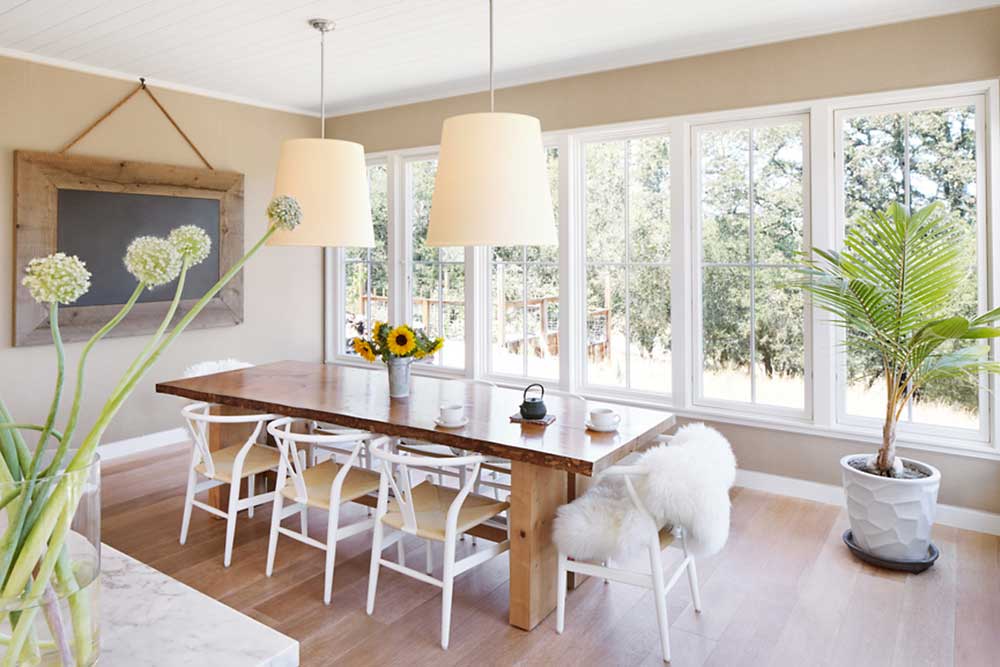There’s nothing quite as scary (and exciting) as deciding to sell your home. If you’re ready to sell, you’ve probably chatted with neighbors and cyberstalked comparable properties online; you know your home is on the upper end of the price spectrum. You admit it has its faults, but it’s a gem and you’re sure it will sell for top dollar.
Stop right there. Let’s back the truck up.
As a former broker, I can tell you that virtually every homeowner is somewhat delusional when it comes to listing. Most people genuinely believe their home is worth more than its actual value.
This is dangerous territory for sellers, according to Bill Gassett, a veteran broker in Western Massachusetts. “Overpricing a home is the number one way sellers sabotage their ability to get the most money for their property.”
No one wants to suffer through that painful conversation with your agent after there are no offers on your home. So let’s discuss how you can take proactive steps — and check those delusions — before you list.
After all, you want to be in the position to command the highest selling price in your neighborhood.
Reality check 1: Your kitchen and master bedroom need an upgrade
These rooms can make or break a home, so spending cash makes dollars and sense. The key to upgrading is to keep the finishes in line with other homes in the neighborhood. If Formica counters are standard, then go with that. If granite and stainless appliances are the norm, then yours should be as well.
If you upgrade more than what’s standard for your area, also known as over-improving, it can be tough to recoup costs.
Real estate pro Michael Corbett cautions that you likely won’t get your money back in the sale. “Simple upgrades — faucets, lighting, cabinet pulls — don’t cost a lot and may be enough to give the house a fresh look.”
Reality check 2: Your home is cluttered and it’s scaring off buyers
Sounds like a no-brainer, but a clean and clutter-free house makes all the difference to prospective buyers. A blank slate, so to speak, is much more pleasing to the eye — and puts your home’s best assets (and any recent upgrades) front and center.
Put away the countertop appliances and remove all the random products from the counter in the bathroom. Are your closets messy? Get cleaning! No matter what your agent says, assume that buyers will be opening every cupboard and closet door.
The more spacious the home appears, the better. You may want to consider removing some furniture from rooms so that they appear larger.
Remember: how we live in our home is not how we can best sell our home. De-personalize your space by removing photographs and mementos. Concert posters, religious items, sports memorabilia — it all sets a tone. Think model home. This is the look you’re going for.
Another reason to declutter? A clean and clutter-free house shows buyers that you take care of your home. If confronted by messy, overstuffed closets, they will start to wonder if you’ve paid attention to other home maintenance.
Reality check 3: You need to keep up with the Joneses
Are you selling an old Queen Anne home with little to no storage space? Anticipate a modern family’s needs and consider adding a hall closet or a linen closet, or even building out an armoire — it can push a buyer teetering on “maybe” to “yes!”
Pay attention to the trends in your neighborhood. If most homes have a “bonus space” that your home is lacking, consider finishing a portion of your basement. If you’re the only home on the block with no pool, be prepared to lower your listing price.
If you’re not already keeping up with the Joneses, you will have to either make some changes to your home or be realistic with your asking price.
Reality check 4: Your home has problem areas
Replacing worn and outdated flooring can take a home from zero to hero very quickly. The same is true for wallpaper: old and tired wallpaper delivers a negative visual punch and it’s a pain to remove. Unless someone is buying a “fixer,” they don’t want to sign up for hours of labor.
The Valence Realty Group also suggests that sellers “dive into trim and details early. Touch up trim [and] baseboards, fix loose knobs or pulls, ensure locks are working, replace or clean up outdoor accents or mailboxes.”
I fully agree — the devil is in the details. Like messy closets, small details in your home can be very impactful to buyers. The more tidy and well kept the property, the more justified you can feel in the asking price.
If you really want to be proactive about potential problem areas, pay for a home inspection before you list and address any problems in advance. Buyers will be impressed with your willingness to fix issues upfront. Plus, it’ll go a long way toward instilling trust throughout the negotiations.
Now that you’ve faced your reality checks, you probably have a few things to do around your home before you list. Once they’re completed, find a real estate professional to list your shiny “new” property — and get it sold!


